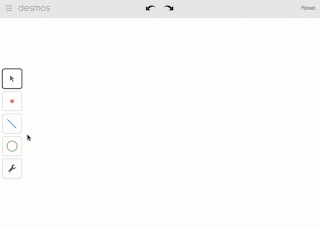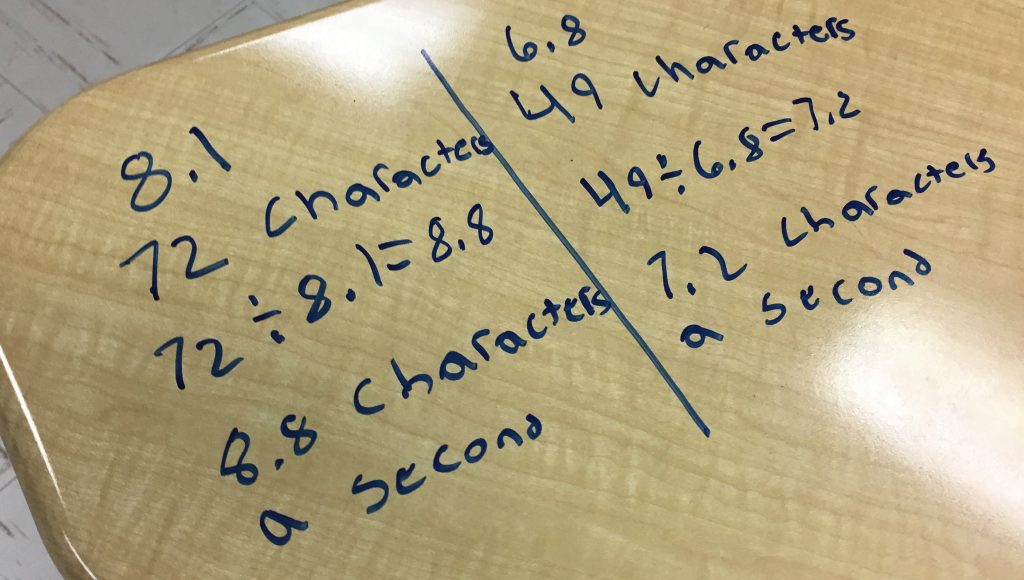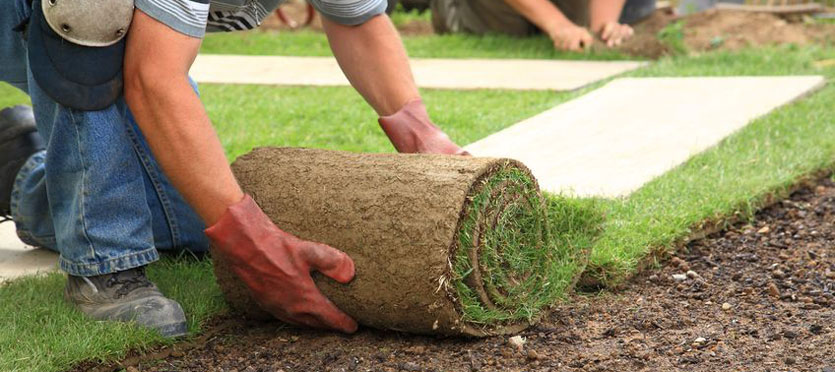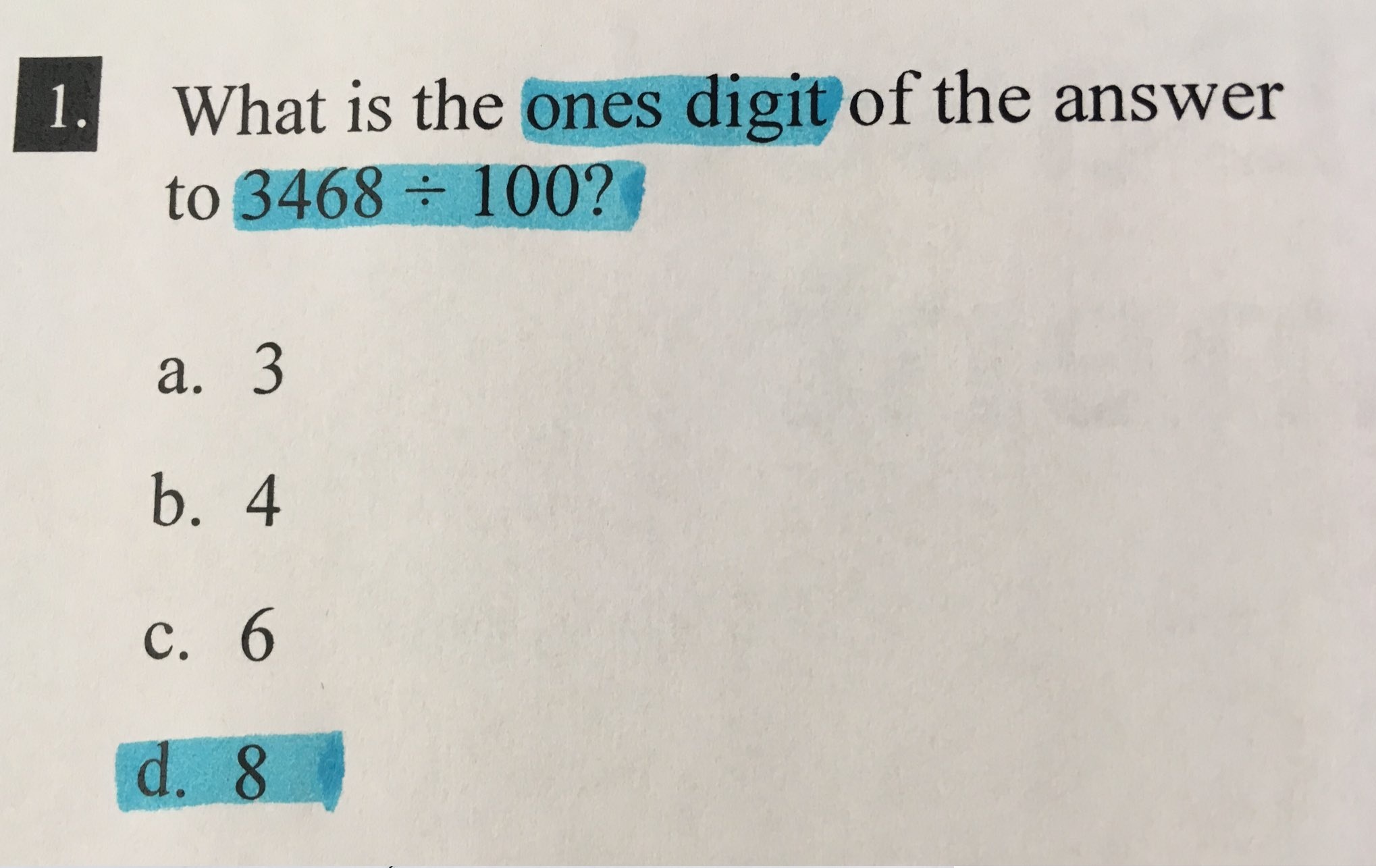 I don't know if I never noticed this or what but I love this group real world based math problems from @RobertKaplinski. Each one starts out relatively simply but he does a good job with extending some of the ideas and asking good questions. You can either look at the main page for a visual of all the problems or the detailed spreadsheet.
I don't know if I never noticed this or what but I love this group real world based math problems from @RobertKaplinski. Each one starts out relatively simply but he does a good job with extending some of the ideas and asking good questions. You can either look at the main page for a visual of all the problems or the detailed spreadsheet.Curriculum Tags: All
http://robertkaplinsky.com/lessons/
 We just published a really simple sorting activity. In this one, you can use these cards to sort students into groups of three by having students match decimal, percent and fraction representations. And as an alternative, if you wanted students could do the same sort as a Desmos card as individuals.
We just published a really simple sorting activity. In this one, you can use these cards to sort students into groups of three by having students match decimal, percent and fraction representations. And as an alternative, if you wanted students could do the same sort as a Desmos card as individuals.Curriculum Tags: Gr7, Gr8
http://engaging-math.blogspot.ca/2017/04/sort-students-into-groups-using.html
 Desmos continues to add to their cannon of neat activities that help kids practice their skills in graphing points. This time its with a context that deals with the classic game Battleship.
Desmos continues to add to their cannon of neat activities that help kids practice their skills in graphing points. This time its with a context that deals with the classic game Battleship.Curriculum Tags: Gr7, Gr8
https://teacher.desmos.com/activitybuilder/custom/589115413a0694210508c17e
Next week is NetMath's Can You Math Challenge. There may still be time to sign up. Follow the link below
Curriculum Tags: All
https://www.canyoumath.ca/?lang=en
Some great connections to the Golden Ratio here with these mathematical sculptures from @SciFri
Curriculum Tags: All
https://www.youtube.com/watch?v=B5p2A5mazEs
Curriculum Tags: Gr7, Gr8
https://twitter.com/MathletePearce/status/858028177725194241
A slightly altered video here from @MrOrr_Geek dealing with rates. Click on the link below for some prompts and the link to the original videoCheck out https://t.co/d8dzE1b7BR by @Jstevens009.— Kyle Pearce (@MathletePearce) April 28, 2017
This problem inspired me to animate a visual solution. #GECDSB #MTBoS #RMSOntario pic.twitter.com/4LmdILbTzk
Curriculum Tags: Gr7, Gr8, MPM1D, MFM1P
http://mrorr-isageek.com/peregrine-falcon-fastest-animal-alive/
Along the same lines as the real world problems above, here is one from
Curriculum Tags: Gr7, Gr8
https://criticalmath.ca/2017/04/27/food-in-nunavut-still-costs-up-to-3-times-national-average-wbeskura-sbmsalambert/


























